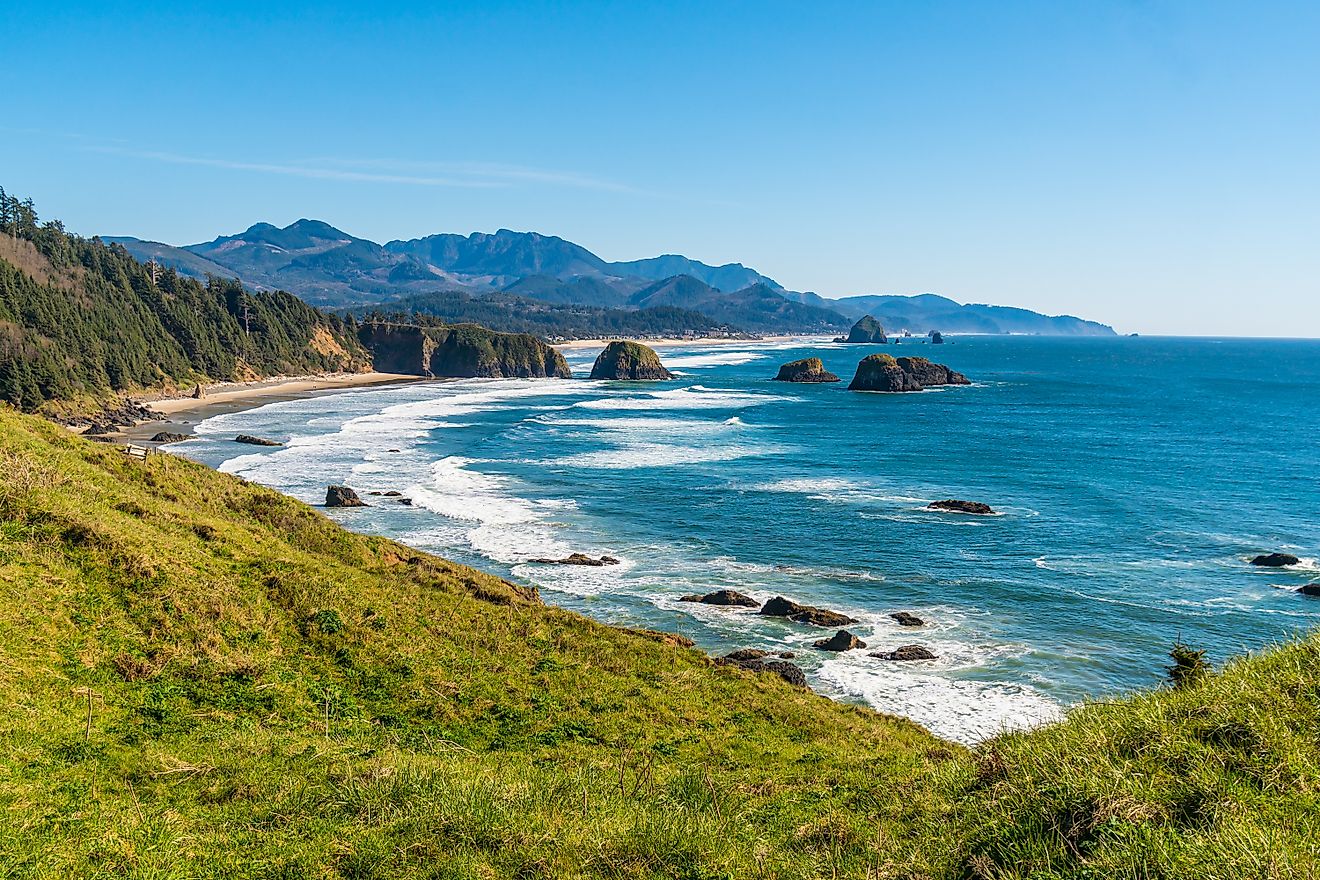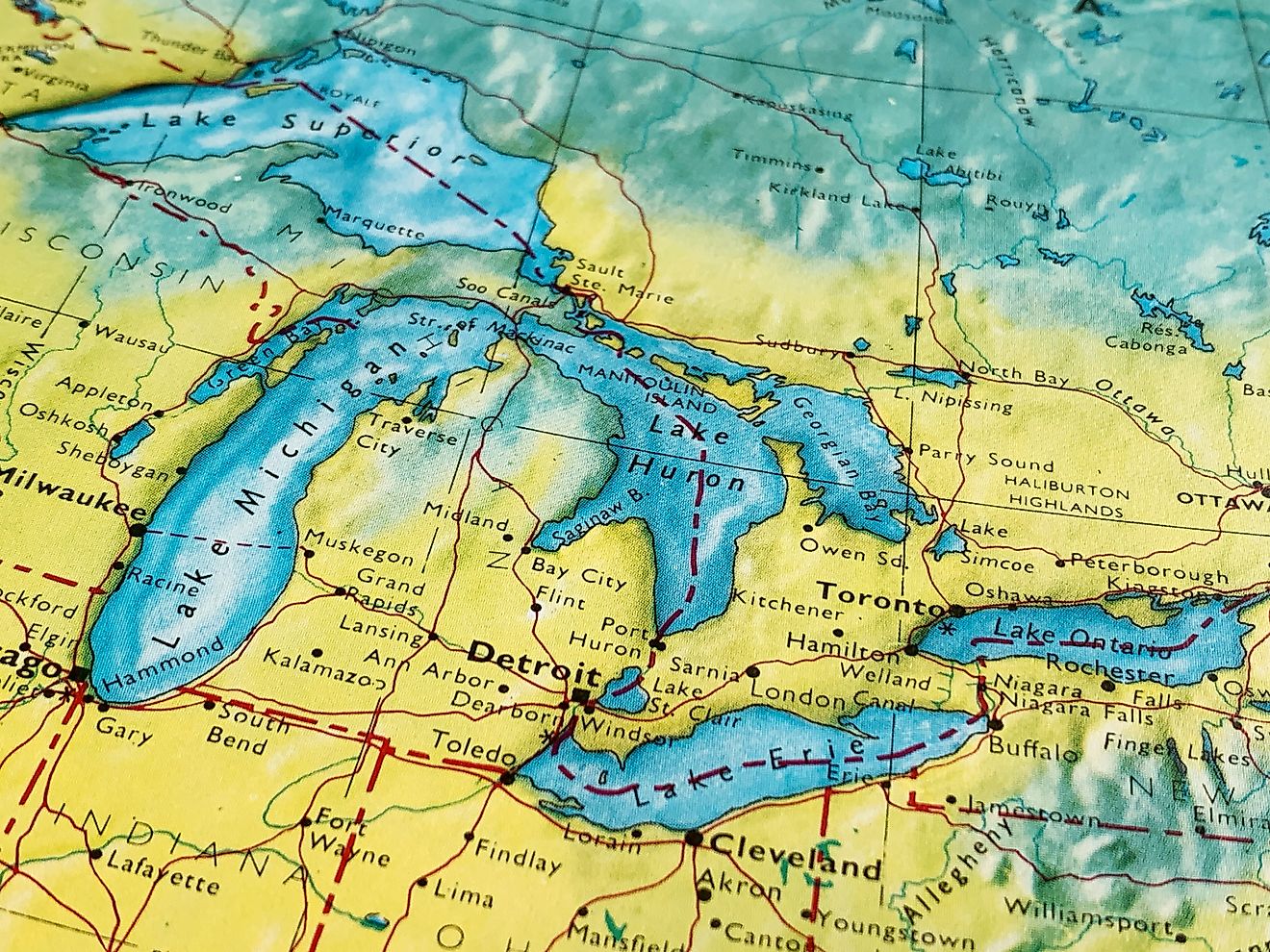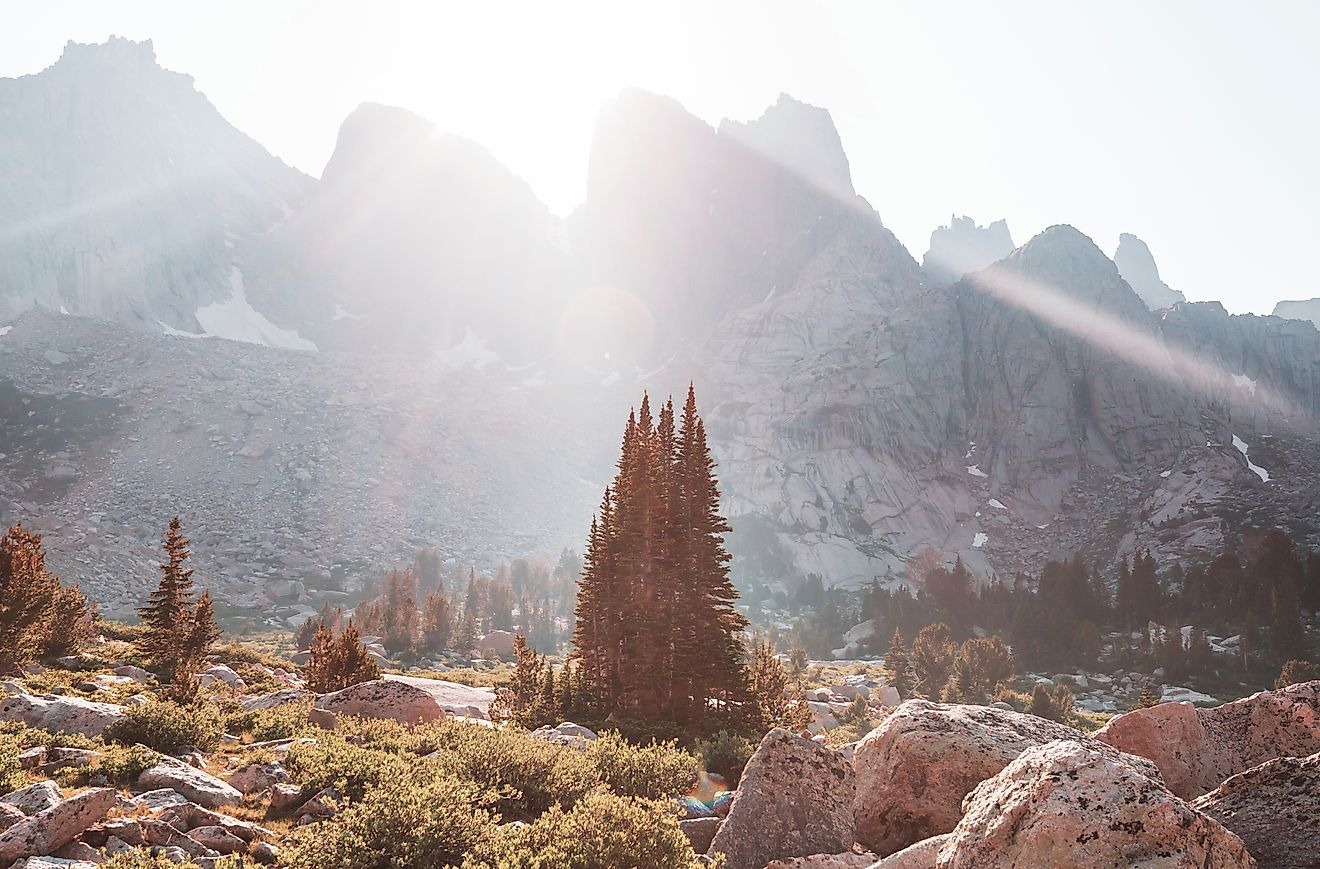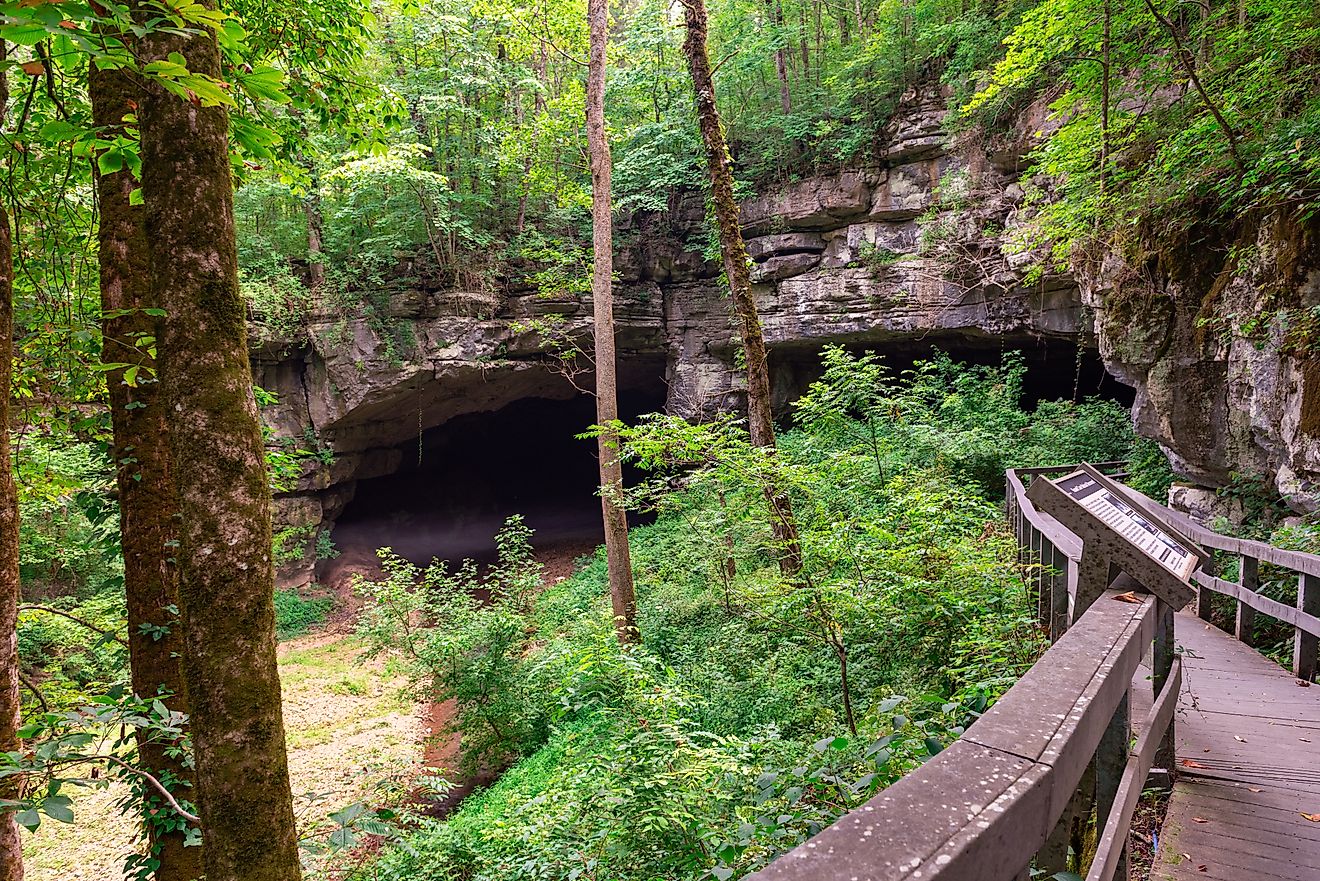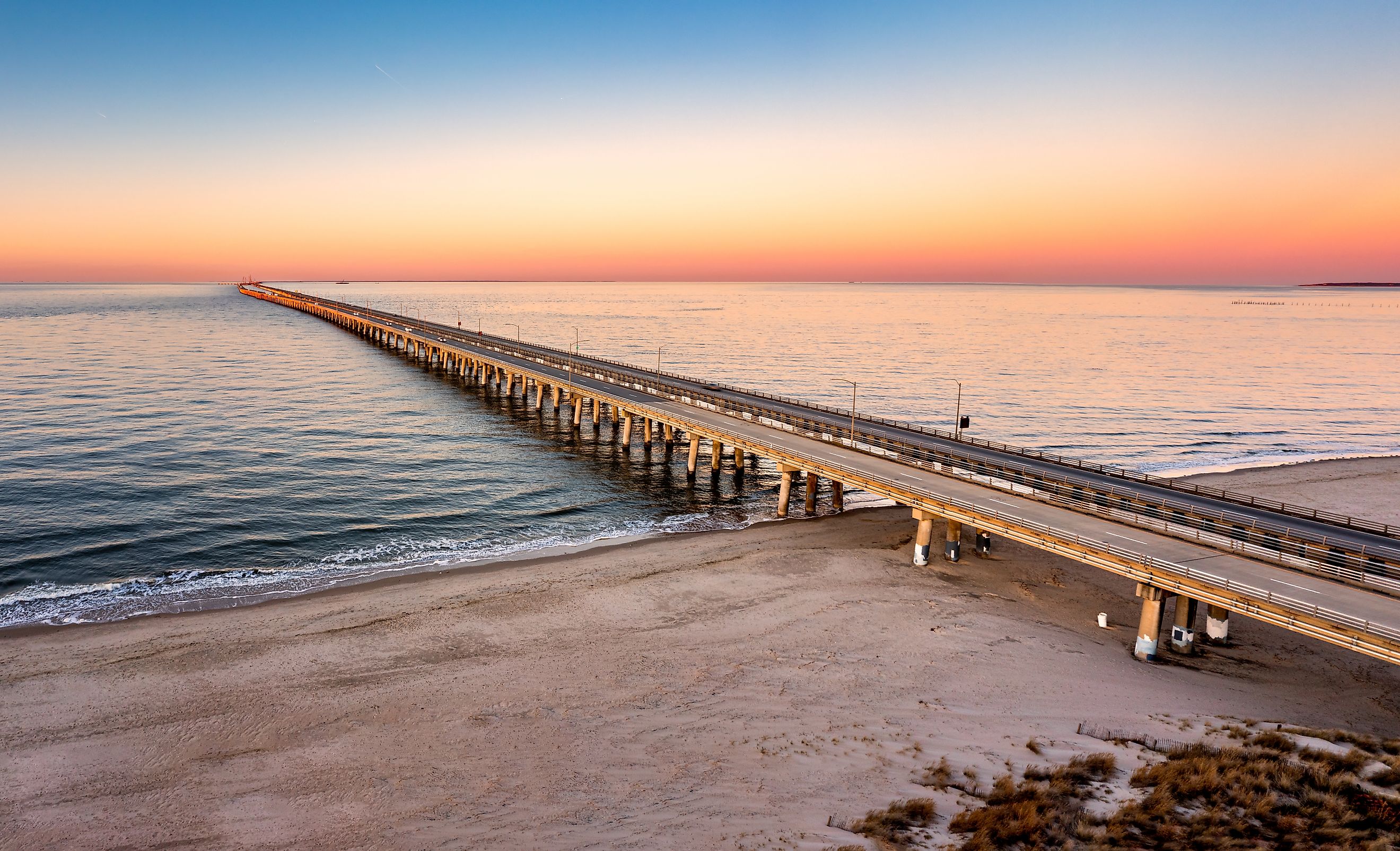
10 of The Longest Bridges in The United States
From the time our nomadic ancestors roamed the Earth, there has always been a need to cross large bodies of water — whether to transport goods, find food, or explore the unknown. Today, we use bridges for many of the same reasons. But it is our desire, and in some cases, necessity, that has led to many of humankind’s greatest engineering feats.
The United States is no exception. With over 600,000 bridges in the country connecting people to communities, cities, and other states, there is certainly no shortage of impressive bridges. In fact, some of the world's longest bridges are right here in the US (Louisiana alone holds the top three). Explore ten of the longest bridges in America.
Lake Pontchartrain Causeway, Louisiana - 23.8 miles
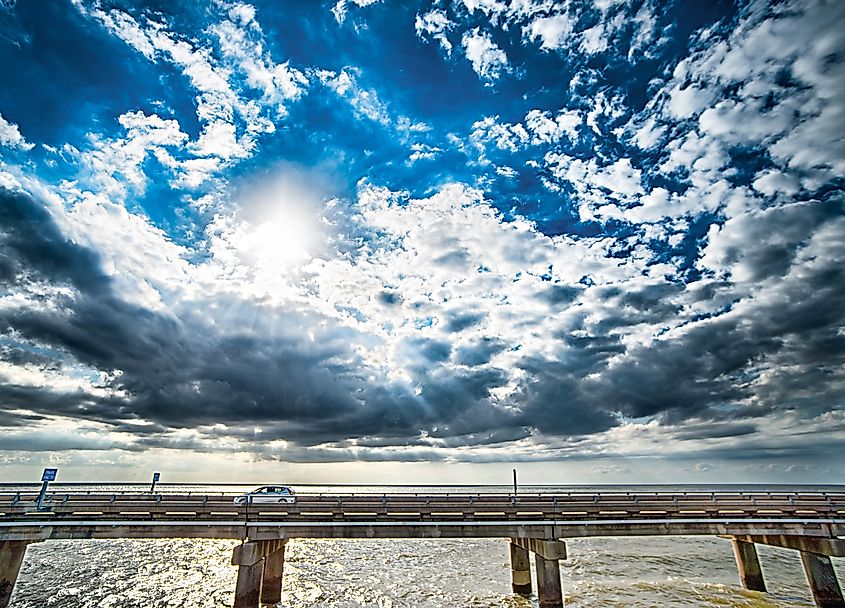
Driving across lake pontchartrain causeway near new orleans.
This National Historic Landmark once held the Guinness World Record as the world’s longest bridge before being dethroned by China’s Jiaozhou Bay Bridge. The causeway actually refers to two bridges, one southbound and one northbound, that run parallel to each other. The southbound bridge was completed in 1956, with its counterpart taking another 13 years to finish.
At almost 24 miles long, the causeway runs above Lake Pontchartrain, New Orleans, to connect the suburbs of Metairie and Mandeville. But if you do not like long, uninterrupted trips across long stretches of water with nowhere to turn around, you might think twice before crossing this one; the bridge is so long that people sometimes get extremely nervous or even run out of fuel before reaching the other side.
Manchac Swamp Bridge, Louisiana - 22.8 miles
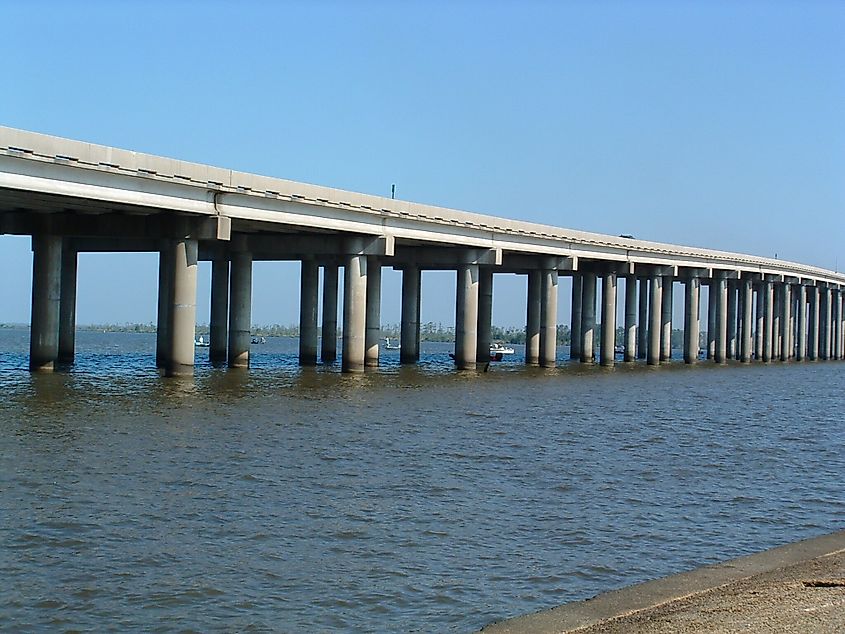
After the first bridge collapsed in 1976 due to a design flaw, the bridge we know today as the Manchac Swamp Bridge opened to the public in 1979.
This twin concrete trestle bridge, which spans the Manchac Swamp, has significantly improved transportation connectivity in the area. It takes up an impressive one-third of Interstate Highway 55.
If the Lake Pontchartrain Causeway did not make you feel uneasy enough, the Manchac Swamp Bridge might do the job — but not for the reasons you might think. The swamp that the bridge extends over is known to be haunted by a Cajun werewolf and a voodoo princess. So, if that is something that bothers you, it might be a good idea to take the long way around.
Atchafalaya Basin Bridge, Louisiana - 18.2 miles

Aerial drone photo of the I10 over the Atchafalaya Basin Bridge Breaux Louisiana USA.
The third (but not last) Louisiana bridge on the list opened in 1973. Like the Lake Pontchartrain Causeway, the Atchafalaya Basin Bridge consists of two parallel bridges, one running westbound and one running eastbound.
The bridge spans one of the largest swamp regions in the US, the Atchafalaya Basin. Over 60,000 vehicles cross it daily. Because of the remote area in which it was built, builders needed to construct about 40 miles of canals to complete the project.
For over 50 years, the bridge has been responsible for creating economic growth and increasing mobility in the area, significantly improving the quality of life for Louisianans.
Chesapeake Bay Bridge-Tunnel, Virginia - 17.6 miles
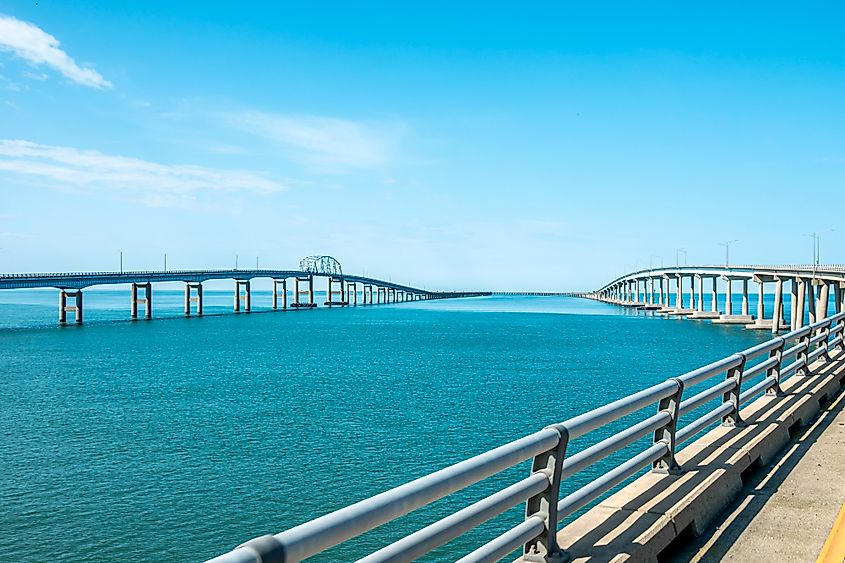
Chesapeak Bay Virginia Beach.
When revealed in 1964, this extraordinary feat of engineering was considered “One of the Seven Engineering Wonders of the Modern World.” The Chesapeake Bay Bridge-tunnel only took 42 months to complete, replacing the ferry service operating in the Chesapeake Bay since the 1930s.
As one of only 10 bridge-tunnel systems worldwide, the dual-span steel suspension bridge is regarded as one of the most terrifying bridges in the world. It eliminates about 90 minutes of driving time from Virginia Beach, Virginia, to northern Wilmington, Delaware.
I-10 Bonnet Carré Spillway Bridge, Louisiana - 11 miles
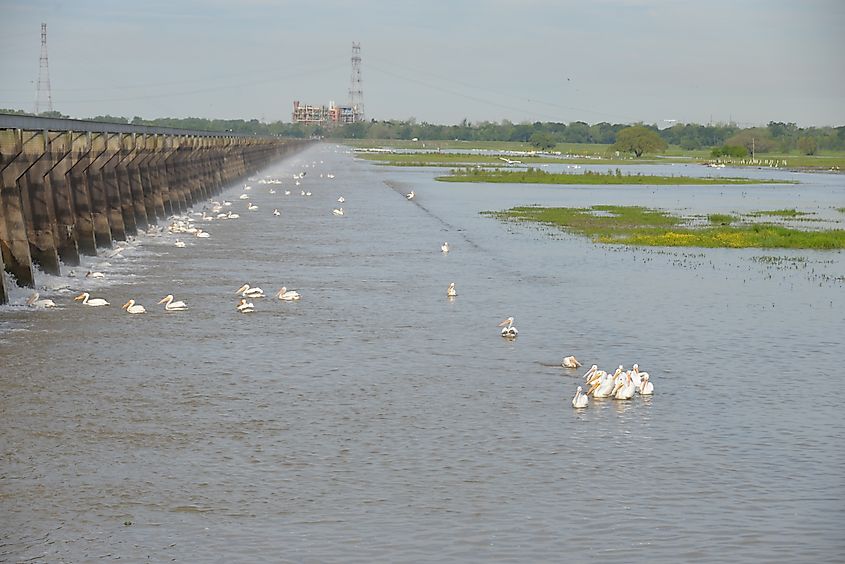
Situated in the Parish of St. Charles in south-eastern Louisiana, this twin trestle bridge, opened in 1972, links Baton Rouge with New Orleans via Interstate I-10, crossing the Bonnet Carré Spillway.
The spillway, introduced initially after the Great Mississippi Flood in 1927, works as a relief valve to help prevent future flooding in the New Orleans area. It can even redirect one-fifth of the river water from the Mississippi River into the Lake Pontchartrain Basin.
The bridge spans three bodies of water: LaBranche Wetlands, Bonnet Carré Spillway, and Lake Pontchartrain.
Louisiana Highway 1 Bridge, Louisiana - 8.2 miles

Driving on Gateway to the Gulf Expressway.
Also known as the “Gateway to the Gulf Expressway,” this concrete trestle toll bridge extends into the Gulf of Mexico, connecting Leeville with Port Fourch on Lafourche Parish.
The Louisiana Highway 1 Bridge opened to the public in 2009, carrying Louisiana Highway 1 across Bayou Lafourche. If the length of this $464 million bridge was not already impressive enough, it might surprise you to know that almost 15 years later, phase two of the project is underway. Upon completion, the bridge will extend to Golden Meadow.
Jubilee Parkway, Alabama - 7.5 miles

Alabama Gulf Coast Sunset on Mobile Bay.
The Jubilee Parkway, or the "Bayway," is one of the state's most distinctly identifiable structures. Since its opening in 1978, it has provided motorists with views of stunning Alabama sunrises and sunsets.
Like many other bridges on this list, the Jubilee Parkway consists of two parallel bridges: two concrete viaducts that run along Interstate 10 from the city of Spanish Port to the east tunnel entrance of George Wallace.
San Mateo–Hayward Bridge, California - 7 miles

Aerial View of San Mateo Bridge in San Francisco Bay Area.
As the only West Coast bridge on the list, the San Mateo-Hayward Bridge is the longest bridge in California, connecting the San Francisco Peninsula with the East Bay.
The bridge, originally named the San Francisco Bay Toll Bridge when it opened in 1929, was later rebuilt in 1967 as the bridge we know today because of increasing traffic and aging over the years.
Today, about 80,000 vehicles cross the bridge daily between Foster City and Hayward.
Seven Mile Bridge, Florida - 6.8 miles
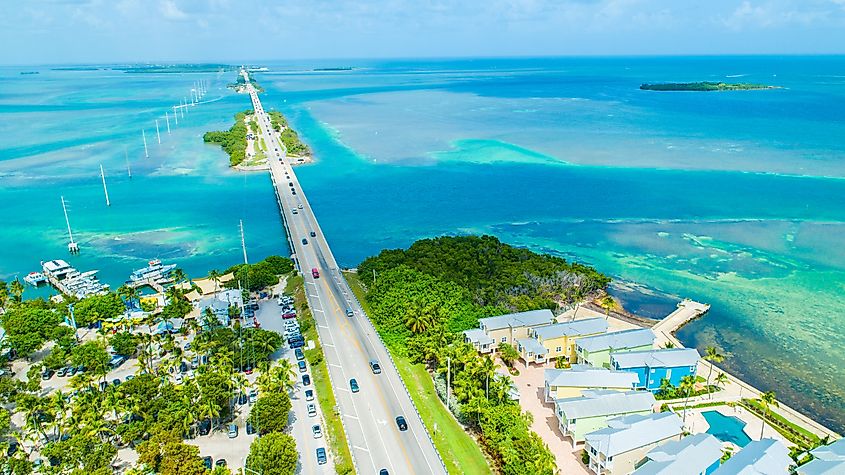
Down in the Florida Keys in Monroe County you can find the Seven Mile Bridge, connecting Marathon to Little Duck Key.
The bridge has two channels: the old bridge, completed in 1912, and the new portion, opened to the public in 1982. The new portion is used for vehicles, while pedestrians and cyclists use the old bridge.
Like the Jubilee Parkway in Alabama, the Seven Mile Bridge offers beautiful views. There is plenty of space along the bridge to pull over and admire the vast, clear waters on both sides. The sights here are so picturesque that numerous movies have been filmed on the bridge.
General W.K. Wilson Jr. Bridge, Alabama - 6 miles

The General W.K. Wilson Jr. Bridge (Dolly Parton Bridge) near Mobile, Alabama.
The General W.L. Wilson Jr. Bridge opened in 1981. It consists of four lanes of Interstate 65 that cross the Mobile-Tensaw River Delta northeast of Mobile.
It was named after a chief of the US Army Corps of Engineers who, in the 1960s, emerged as an early voice advocating for a high-level bridge on Interstate 65 to cross the Mobile River.
But, depending on who you ask, you might hear the bridge called by a different name. Nicknamed the Dolly Parton Bridge, some people see a striking resemblance between its arches and the famous singer’s distinct appearance.
Conclusion
Undoubtedly, the US has some of the world’s grandest structures. Among the mightiest are the hundreds of thousands of bridges, some new and some still standing strong over one hundred years after initial construction. The bridges on this list alone combine for almost 130 miles, totaling nearly the same amount of miles it would take to drive from the Lake Pontchartrain Causeway in Louisiana to the Jubilee Parkway, two states over in Alabama.
Bridges are much more than structures that connect two points across a waterway. They connect cities, cultures, and regions. And, as they have for thousands of years, they continue to connect human beings.
